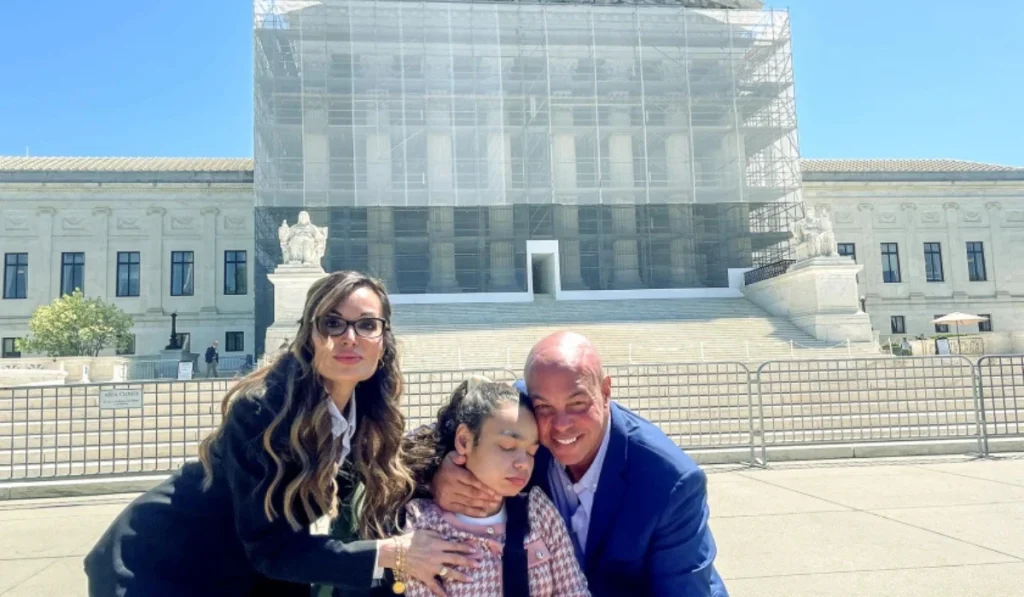Federal student loans for the 2025-2026 academic year are expected to come with slightly lower interest rates, providing a modest financial break for students and families grappling with the cost of higher education. Higher education expert Mark Kantrowitz estimates that the rates for undergraduate loans could drop from 6.53% in the current year to 6.39% next year. Graduate students might see their loan rates dip from 8.08% to 7.94%, while PLUS loans for graduate students and parents may decrease from 9.08% to 8.94%.
Though any decrease in loan interest is good news for borrowers, the difference may not translate into significant savings. For instance, at the new undergraduate rate, a $10,000 loan would result in an estimated monthly payment of $113 under a standard 10-year repayment plan, totaling $13,559.87 with interest. While the reduction might seem small, every bit helps when tackling the daunting costs of higher education.
The government sets federal education loan interest rates annually, with new rates taking effect from July 1 to June 30 of the following year. These rates are partially based on the May auction of the 10-year Treasury note. This year, the Treasury Department announced a high-yield rate of 4.34%, prompting Kantrowitz’s projection of slightly lower student loan rates.
The lower interest rates will apply to all new federal education loans issued on or after July 1, 2025. However, the rate changes do not affect existing loans. Since most federal student loans come with fixed interest rates, previous loans remain unaffected. It’s also important to note that private student loans will not see these decreases since their rates are typically based on creditworthiness and other factors.
Despite the slight relief, many borrowers still face challenges, especially since recent changes to the lending system have limited forgiveness and affordable repayment options. Over 42 million Americans collectively owe more than $1.6 trillion in federal education debt. While lower interest rates provide some assistance, it doesn’t resolve the larger issue of mounting student debt.
For families currently planning college finances, it’s essential to stay updated on these changes and plan accordingly. While these rate reductions might not significantly lower monthly payments, they reflect a small shift towards easing the financial burden of higher education.





